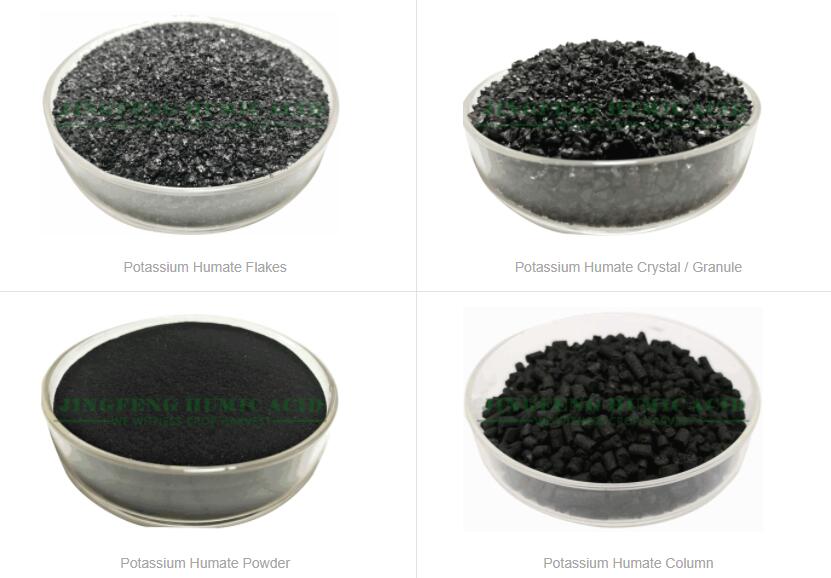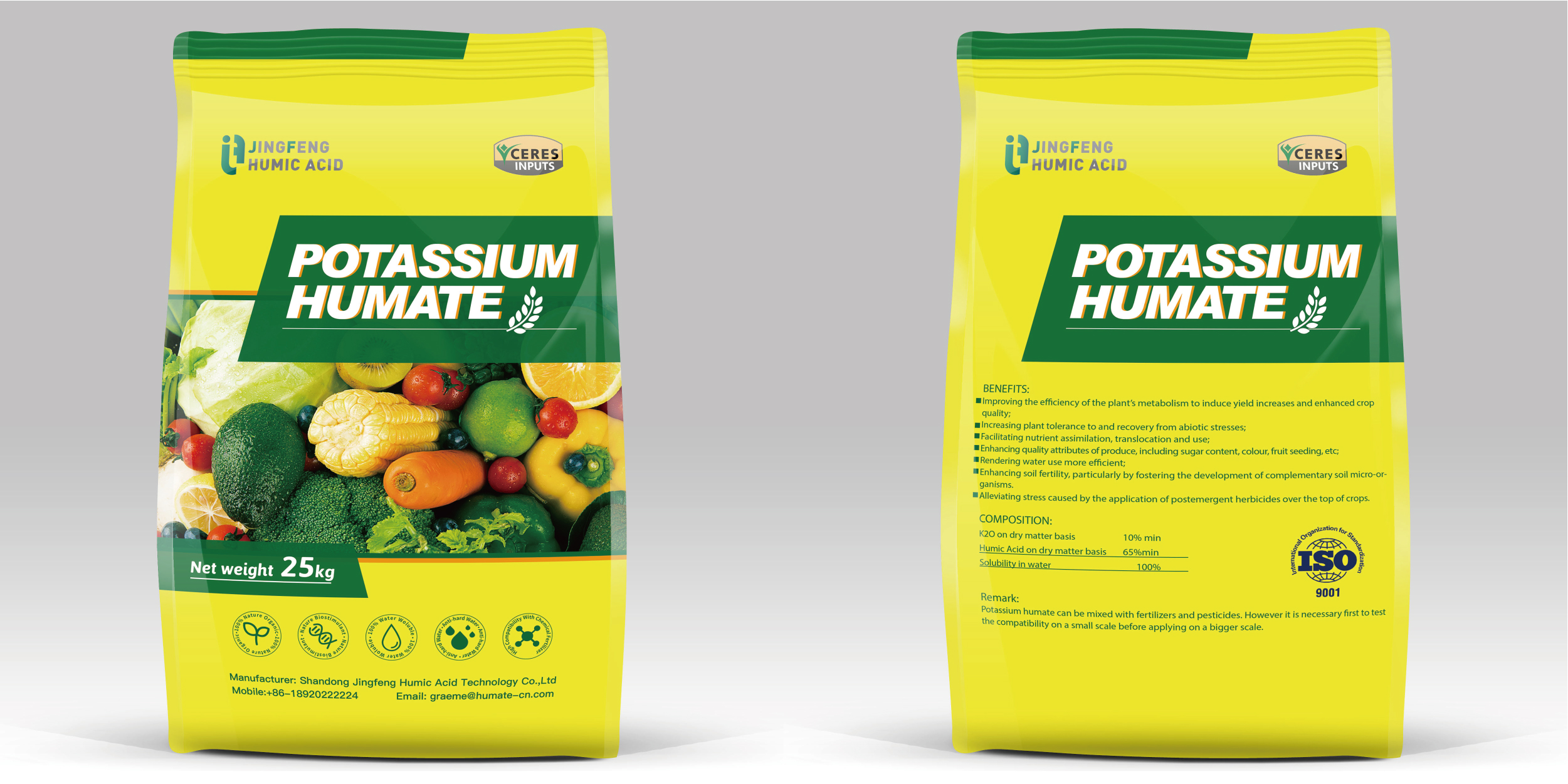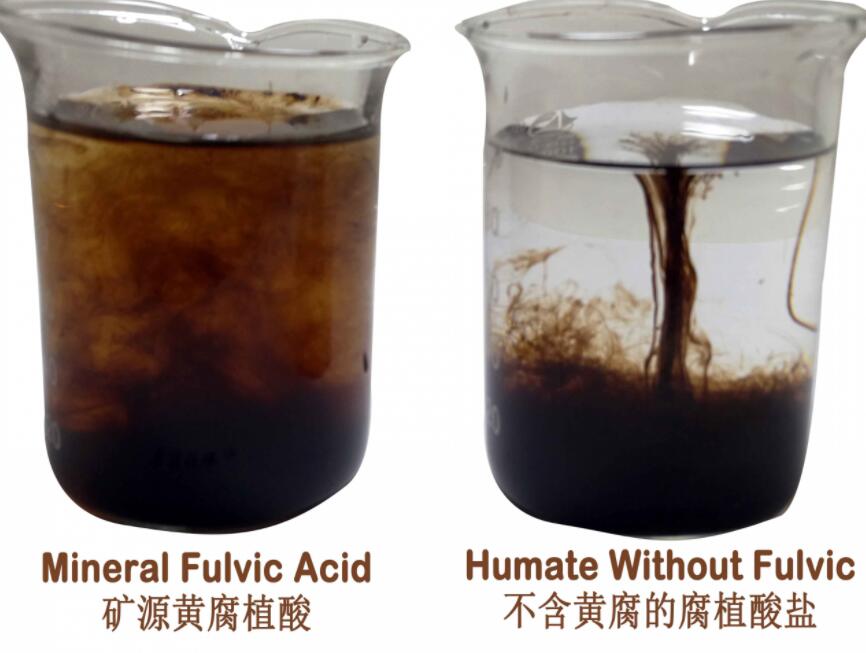The previous article “The concept and mechanism of humic acid” popularized the concept of humic acid and its mechanism of action for everyone. Today, this article will continue to explain how to use humic acid for plants and quality standards of humic acid products.
How to use humic acid for plants and quality standard of humic acid.
At present, humic acid fertilizers are still under continuous development, and their product quality inspections are mostly based on industry and local standards, and the application methods vary from product to product.
Application method and quality standard of sodium humate
The national industry technical standard ZBG21005-87 stipulates that the humic acid content (dry basis) of the first, second, and third products shall not be less than 70%, 55%, and 40% respectively, and the pH value shall be 8.0~9.0, 9.0~11.0, 9.0, respectively. ~11.0, the water-insoluble content (dry basis) does not exceed 10%, 20%, and 25% respectively.

The application method is mainly after mixing into a solution, watering, seed dressing and foliar fertilizer. Among them, mix with 0.05%~0.1% concentration as base fertilizer, apply 200-250 kg per acre, preferably mixed with farm manure; as top dressing, apply 150-200 kg per acre, apply along with water or irrigate beside the crop roots. The concentration of seed soaking or foliar spraying before planting is 0.05%~0.5%, and the seed soaking time is preferably 5~10 hours, and that of rice and cotton is 24 hours; foliar spraying should be carried out after flowering to the early stage of filling, total spraying 2 ~3 times.
Application method and quality standard of ammonium humate
According to the industry standard HG1-1143-78 of the Ministry of Chemical Industry, the water-soluble humic acid content (dry basis) of the first and second-class products shall not be less than 35% and 25% respectively, and the content of available nitrogen (dry basis) shall not be less than 4% and 3%. The application method and dosage are the same as sodium humate, especially suitable for saline-alkali land, waterlogged depression, sandy soil and compacted clay soil.
Application method and quality standard of water-soluble fertilizer containing humic acid
Humic acid containing water-soluble fertilizers are liquid or solid fertilizers made by adding appropriate amounts of nitrogen, phosphorus, potassium or trace elements to humic acid.
The industry technical standard (NY1106-2006) stipulates:
- – In type Ⅰ and type Ⅱ solid macroelement fertilizer containing humic acid , the humic acid content of are not less than 3% and 4% respectively, and the total content of nitrogen, phosphorus and potassium is not less than 35% and 20%.
- – In type Ⅰ and type Ⅱ liquid fertilizer, the humic acid content is not less than 30 g/L and 40 g/L, and the total nitrogen, phosphorus and potassium nutrient content is not less than 350 g/L and 20 g/L.
- – In trace element fertilizers containing humic acid, the content of humic acid and trace elements shall not be less than 3% and 6% respectively.
- – The content of water-insoluble substances should be low, and the content in solid and liquid fertilizer shall not be higher than 5.0% and 50 g/l respectively.

In terms of application methods, water-soluble solid or liquid products are mainly used as foliar fertilizer, seed fertilizer or seed soaking and root soaking. The specific method can refer to the product manual, generally it is about 800 times diluted.
● Macro-element water-soluble fertilizers containing humic acid can also be used as base fertilizer or topdressing, but considering the cost, it should be used in conjunction with farmhouse manure and conventional chemical fertilizers.
● The input ratio of various compost materials is different, the manufacturing method is different, and the nutrient content varies greatly, so you need to master the appropriate concentration when applying.
● After applying potassium humate and sodium humate, the effect is slow in cold weather, and the effect is quick in hot weather. It takes more than 18 hours to take effect. If the temperature is too high, it will accelerate the respiration of the crop and reduce the accumulation of dry matter, resulting in a reduction in production. The application should be stopped or reduce the frequency and amount of application.
● The combination of pure mineral source humic acid and other biological stimulants can also improve the soil, break the compaction and improve the fertilizer efficiency, thereby increasing crop yield, improving crop quality, and stimulating plant wildness.
The above content is what the author wants to explain to you. I hope the content of this article can be helpful to everyone.






